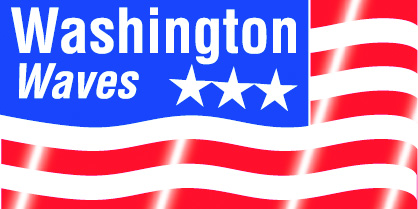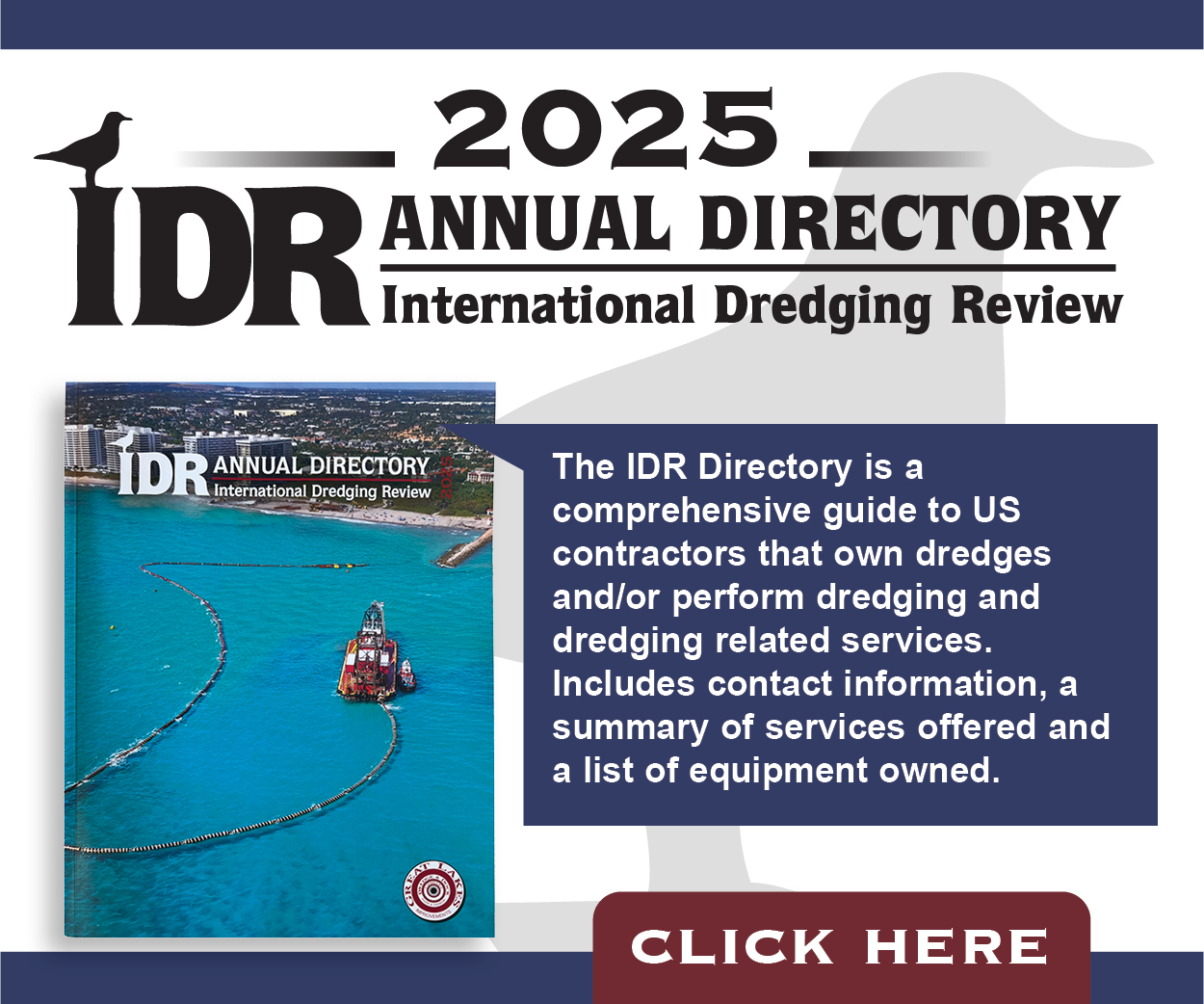The Trump administration celebrated the christening of the State of Maine, which was built for the Maine Maritime Academy and will serve as a next-generation training ship. The vessel was built at the Hanwha Philly Shipyard, which is owned by a South Korean firm, and the christening was held just one day after President Donald Trump welcomed South Korean President Lee Jae Myung to the White House.
Shipbuilding was a key item on their agenda, which even carried the phrase “Make America Shipbuilding Great Again.”
“We are going to be making our own ships again,” said Trump, who signed an executive order months ago aimed at restoring U.S. maritime dominance.
Lee spoke at the christening ceremony along with acting Maritime Administrator Sang Yi.
“This vessel marks a new era for American maritime power,” Yi said. “MarAd’s mission to modernize sealift and empower the Merchant Marine hinges on relentless innovation and partnership.”
MarAd said the new ship is the third of five “cutting-edge National Security Multi-Mission Vessels” with Empire State and Patriot State already in service.
Unmanned Aircraft
The American Association of Port Authorities (AAPA) urged leaders of a key House committee to expand federal counter-unmanned aircraft system (C-UAS) authorities and ensure seaports are explicitly eligible for any pilot program.
“Understanding that implementation will rely on partnership with SLTT law enforcement, we respectfully request that seaports be explicitly recognized as potential sites for pilot deployment, especially given their DHS-designated status as critical infrastructure,” AAPA President and CEO Cary Davis stated in a letter to leaders of the House Transportation and Infrastructure Committee.
According to AAPA, ports facilitate more than 70 percent of U.S. trade and sustain more than 31 million jobs.
“Still, they face increasing threats from unauthorized drones flying over hazardous storage areas, sensitive perimeters and critical operations,” AAPA said. “Several ports have reported incidents that disrupted activity and posed safety risks. Despite these threats, ports lack the legal authority and technical resources to respond in real-time.”
CG NVIC
The Coast Guard has released Navigation and Vessel Inspection Circular (NVIC) 01-16 Change 3, updating the equivalency determination for chart and publication carriage requirements. The circular clarifies acceptable equivalencies for electronic navigational charts (ENCs), electronic publications and ENC-derived paper nautical charts, the Coast Guard stated, adding that it also provides alternative compliance options pertaining to chart and publication carriage requirements stipulated in 33 and 46 CFR.
The Coast Guard said NVIC incorporates essential elements from the RTCM standard for electronic chart systems (ECS), 10900.
“Interested parties are strongly encouraged to download the document for comprehensive guidance,” the Coast Guard said, recommending Adobe Acrobat Reader be used to open the file to ensure optimal viewing. “We advise all stakeholders to review this updated guidance carefully and replace any previously downloaded copies or bookmarked links with the current version.”
Inquiries or feedback regarding the circular may be directed to the Office of Navigation Systems at CGNAV@uscg.mil.




